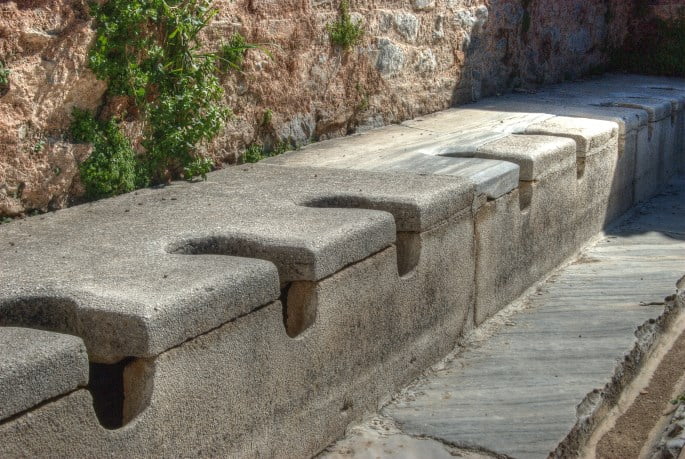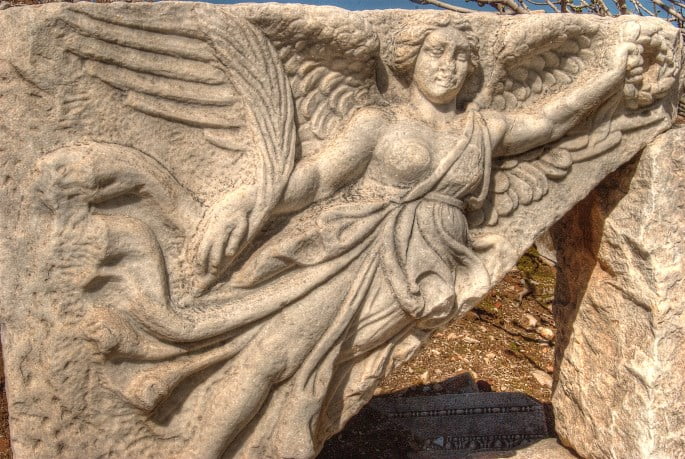When you see things to do in Ephesus, you will realize that it is not a good idea to come to Ephesus for a day trip. Most visitors miss the sights around the ancient city of Ephesus as they come to the region with cruise ships and day trips.
Ephesus is within the borders of Selcuk, a beautiful town in the city of Izmir. For those who visit Ephesus, it is a good idea to stay at hotels in Selcuk. There are budget-friendly small hotels and nice restaurants where you can find local Turkish cuisine. Things to see in Selcuk include a Roman Aqueduct, Byzantine Church and Ephesus Archeology Museum.
In the Ephesus Travel Blog, we will present things to do for those who come to Ephesus from Istanbul, Bodrum or Kusadasi. You can trace Rome and Byzantium both in the ancient city of Ephesus and in the surrounding Selcuk district. You can also find insider advice on places to stay around Ephesus and guided tours of Ephesus at the bottom of the article.
1. Ephesus Ancient City
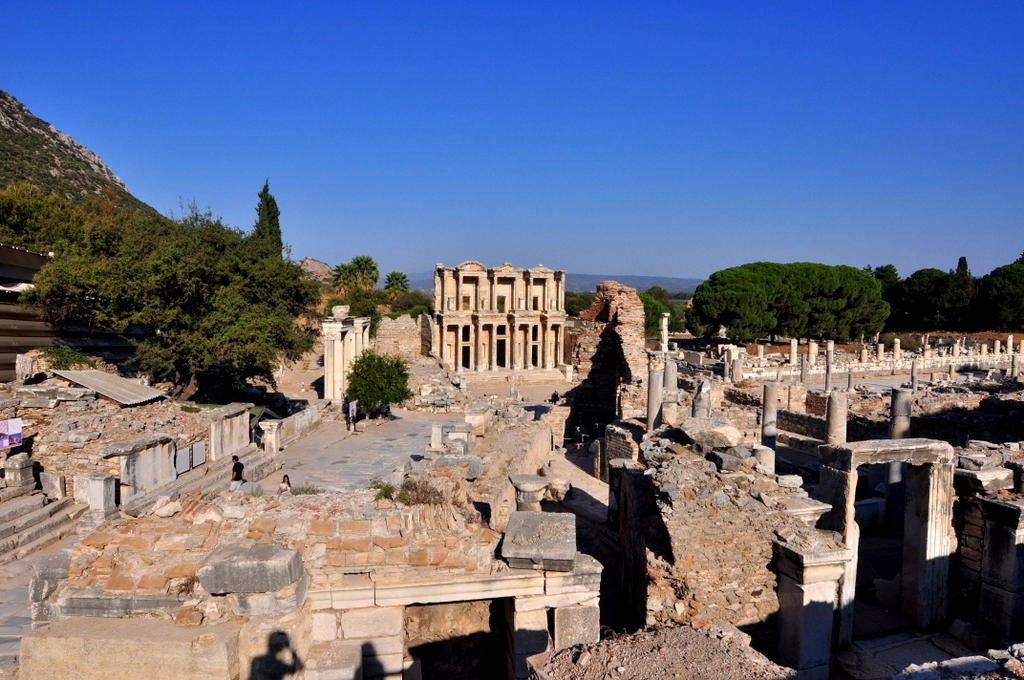
The ancient city of Ephesus dates back to 1000 BC. The legendary founder of the city, Prince Androcles, found Ephesus with the prophecy of the oracle of the Temple of Apollo. (You may find the foundation legend at the bottom lines)
Having a strong cult of mother goddesses, Ephesus was the religious center during the period of polytheistic religions. Initially dedicated to the goddess Cybele, the city later adopted the cult of the goddess Artemis.
Ephesus was the most important of the city states called the Ionian League during the Ancient Greek period. During the Roman Empire it was the capital of Asia Minor. Therefore, it was a lively trade center and had a population of around 250,000.
Ephesus, which was a center of pilgrimage thanks to the Temple of Artemis during polytheistic religions, maintains this feature even today. This is because it has an important place in the history of Christianity. Since Virgin Mary, the mother of Jesus, lived here for a time, Ephesus is on the Christian pilgrimage route.
It is worth noting that Ephesus is the third largest Roman ruin in the world. The three most important monuments in Ephesus are the Temple of Artemis, the Library of Celsus and the Temple of Hadrian.
After talking about Ephesus Ancient City in general, I felt the need to open a separate title for some historical artifacts in Ephesus. In the lines below, we will talk about Artemis Temple and Celsus Library, which were of great importance in history, in a little more detail.
2. Temple of Artemis
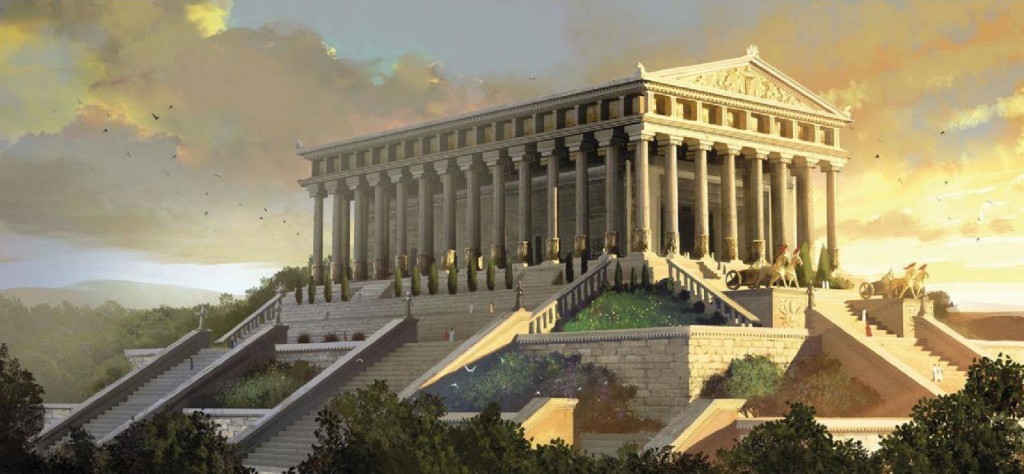
There is only one column left from the Temple of Artemis, which was once one of the seven wonders of the world. Carrying out archaeological excavations at the Temple of Artemis, JT Wood said that once there was the statue of Goddess Artemis on this column.
The Temple of Artemis, which was built in the 6th century BC, was a magnificent building rising above 127 columns. The temple, which was damaged by earthquakes and fires, was rebuilt several times. However, with the abandonment of the polytheistic religions after the 4th century, it could not return to its glorious days.
It is claimed that the columns of the Temple of Artemis were used in the construction of Hagia Sophia, although its reality has not been proven precisely. These 8 massive columns supporting the dome of Hagia Sophia are the most remarkable elements of the building. You can see more interesting details like this in the Interesting Facts About the Museums of Istanbul blog post.
3. Library of Celsus
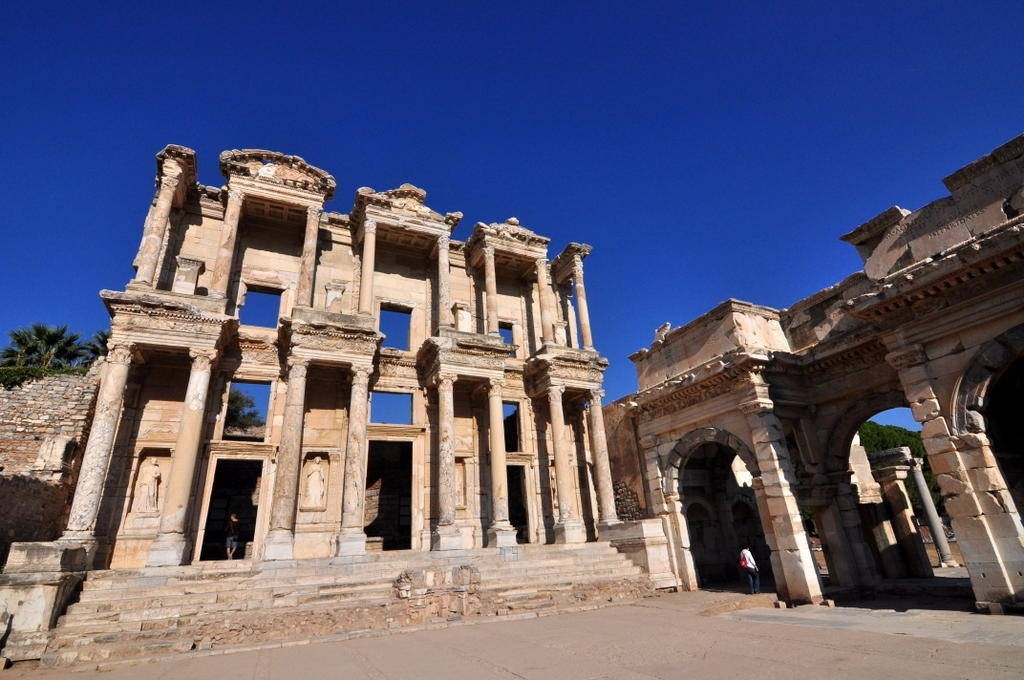
The Library of Celsus, known as the largest library after the Alexandria and Pergamon libraries during the Roman period, was built in 114 AD in memory of Celsus Polemaenus, a senior bureaucrat in the Roman Empire.
Before Celsus was elected as a consul in 92, he was a famous commander in the Roman army. Rising in his political career over time, Celsus became the Asian Governor of the Roman Empire and thus reached the climax of his influence.
Tiberius Julius Aquila, Celsus’ son, was determined to immortalize his father’s name in Asian provinces. Therefore, he started building the Celsus Library, which stands today in all its glory in Ephesus, the Capital of Asian States of the time. When Celsus died in 114, he was buried in the tomb built for him in the western part of the building. The library was completed 3 years after Celsus’ death, in 117 AD.
Archaeological findings show that there were over twelve thousand manuscripts in the Celsus Library. The library, which was used until 262, was badly damaged in the fire that year. The earthquakes in the following years turned the library into a ruin. Despite all these disasters, Library of Celsus is still the most iconic building of Ephesus.
4. Ephesus Museum
Ephesus Museum, located in the center of Selcuk province, is a place you can easily find. You can see the famous Statue of Artemis in the museum where the artifacts from Ephesus Ancient City are exhibited. This statue, which was taken from the famous Temple of Artemis I mentioned above, symbolizes abundance and fertility.
The Ephesus Archeology Museum also has Gladiator Stels, which you will not see anywhere else. These memorial stones, erected in honor of the gladiators, have reliefs depicting the fighters’ clothing and weapons. Although many who visit the area only see the ruins, this museum is also among the best things to do in Ephesus.


